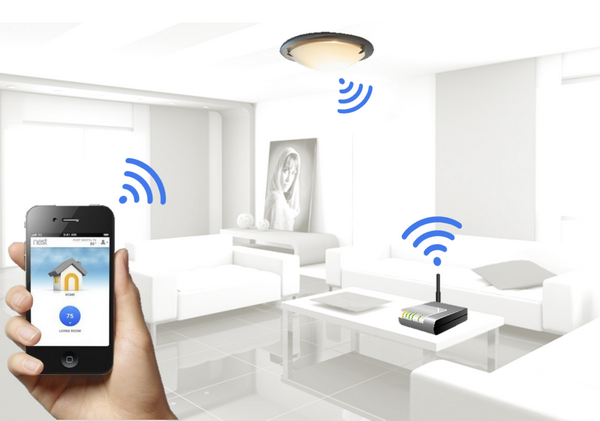
Wireless Lighting System
wireless / automation / arduino / android
The smart lighting system utilizes a wireless network to control the operation of the connected devices. The light with a XBEE module attached can be installed to the house as usual, allows user to turn ON/OFF or select the appropriate brightness. The lights are controlled by the smart phone via the Bluetooth connection through the main controller. These device controllers form a mesh network and each one is identified by an unique ID to control independently and prevent interference between devices.
Why XBEE but not Wifi? Because it is reliable with the mesh network configuration, long range (can be few km up to 40 km!) so not only for lighting but also suitable for survey and monitoring applications at remote locations.
The device controller is attached to each light, which receives the command from the main controller, processes the command to control the light accordingly and sends the status back to the main controller. According to the functionality, the device controller are categorised in two types: ON-OFF Switch and Dimmer Control (using PWM).
The user interface (Android App) consists of the Device selection section and Control section. In the Device selection, the user should find and connect with the Bluetooth device inside the main controller. The Control section has numerous slides to control the ON-OFF state of the light or adjust the brightness of the dimmable light.

